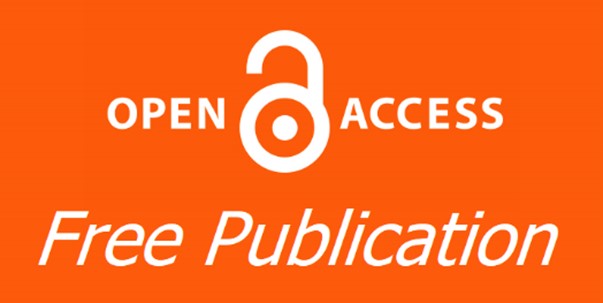Article Type
Article
Abstract
Background
Nasal airway obstruction is a common complaint faced in otorhinolaryngology, which may significantly impair the patients’ quality of life. Inferior turbinate hypertrophy is one of the main causes of chronic nasal obstruction, and different surgical techniques have been described for its reduction.
Aim
This study compared three different inferior turbinate reduction techniques using a new objective method in addition to a subjective one.
Materials and methods
A randomized controlled trial was carried out on 45 patients with hypertrophied inferior turbinates, who were randomly divided into three equal groups: group A underwent partial inferior turbinectomy, group B was subjected to inferior turbinate bipolar surface cautery, and group C underwent inferior turbinoplasty. Assessment was done preoperatively and postoperatively at 2 weeks, 1 month, and 3 months using total nasal symptom score (TNSS) and endoscopic score.
Results
All groups had significant improvements in the TNSS and endoscopic score when compared with baseline data. TNSS mean for all groups declined from 5 to 3 at 3 months after surgery, with P values less than 0.001. Most of the cases of group A (87%), group B (60%), and group C (93%) had an endoscopic score of 0, with nasal airways greater than 6 mm at 3 months after surgery.
Conclusion
Partial turbinectomy, bipolar cauterization, and turbinoplasty techniques for the inferior turbinate reduction are comparable and effective regarding improvement of the obstructive as well as the nonobstructive nasal symptoms. Endoscopic score is a helpful tool for easy, rapid, and objective assessment of the nasal airway.
Keywords:
endoscopic score, nasal airway, partial turbinectomy, quality of life after turbinectomy, turbinate reduction, turbinate cauterization, turbinoplasty.
Recommended Citation
Sabaa MA, Haitham M, El‑Essawy M,
et al.
Endoscopic score: a new method for evaluating different inferior turbinate reduction techniques.
Pan Arab J. Rhinol.
2020;
10 : 27-33.
Available at:
https://pajr.researchcommons.org/journal/vol10/iss1/7
DOI: https://doi.org/10.4103/pajr.pajr_6_19
















